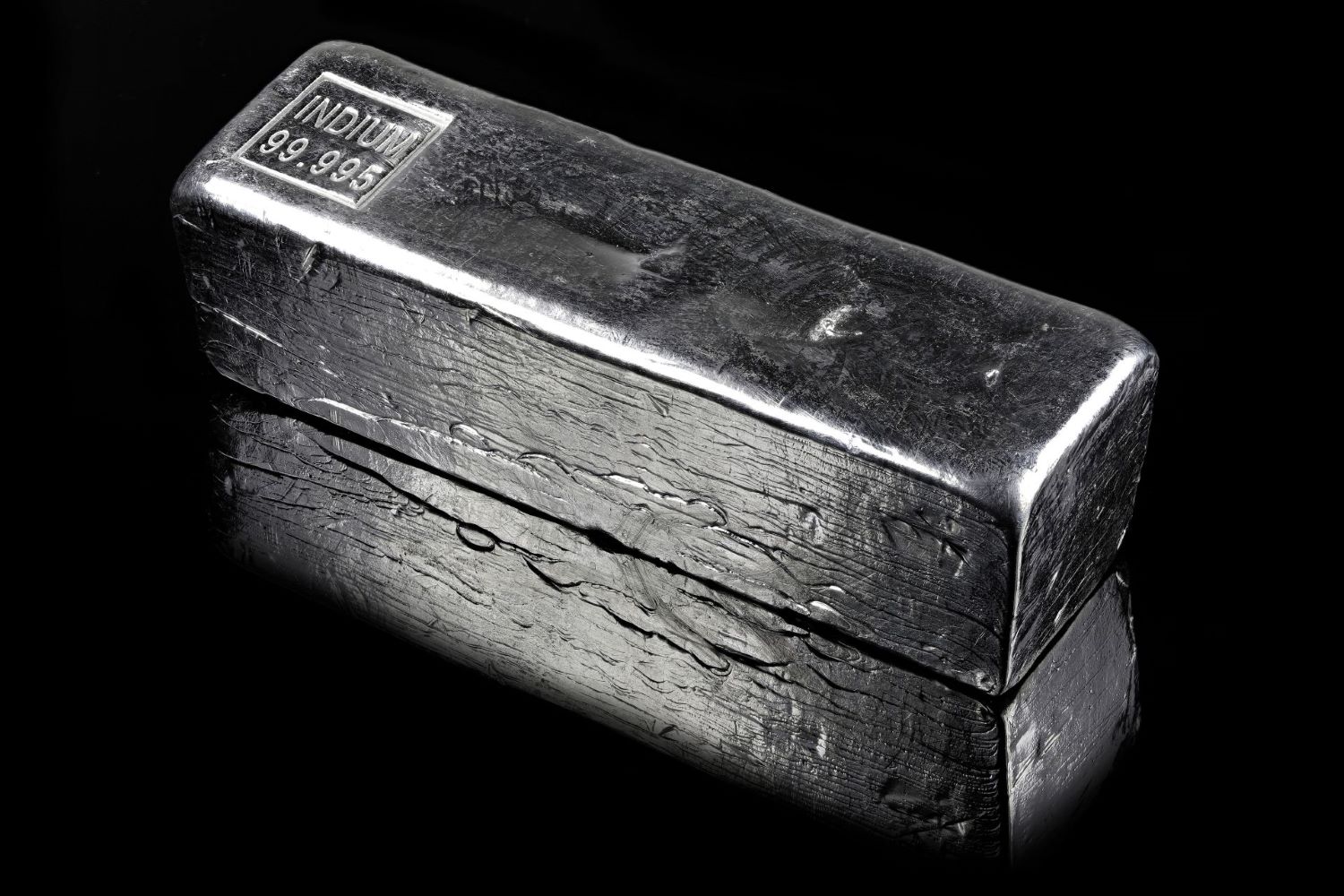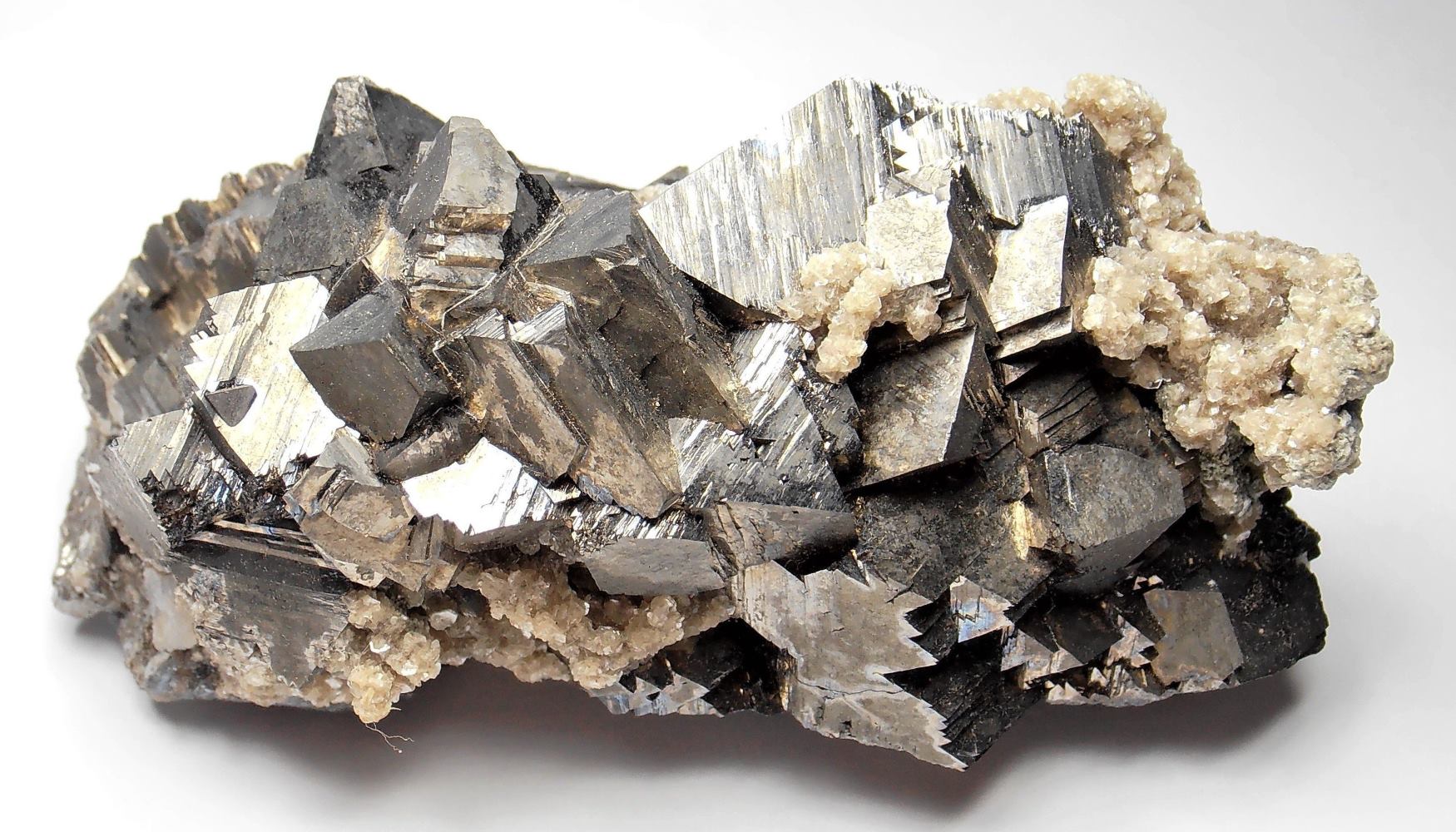
Indium might not be a household name, but this silvery metal plays a crucial role in our daily lives. Found in the periodic table with the symbol In and atomic number 49, indium is known for its softness and malleability. Did you know that indium is used in touchscreens, solar panels, and even in the aerospace industry? This versatile element has some surprising properties and applications. For instance, it can be stretched into a thin wire without breaking. Why is indium so special? Its unique ability to bond with other metals makes it invaluable in creating alloys. Buckle up as we dive into 40 fascinating facts about this underrated element!
What is Indium?
Indium is a fascinating element with unique properties and uses. This soft, silvery metal is found in the Earth's crust and has a variety of applications in technology and industry. Let's dive into some intriguing facts about indium.
-
Indium was discovered in 1863 by German chemists Ferdinand Reich and Hieronymous Theodor Richter while they were examining zinc ore samples.
-
The name "indium" comes from the indigo blue spectral line that was observed when the element was discovered.
-
Indium is relatively rare, making up only about 0.000016% of the Earth's crust.
-
This element is primarily obtained as a byproduct of zinc ore processing.
-
Indium is known for its softness; it can be cut with a knife and deformed with a fingernail.
Physical Properties of Indium
Indium's physical characteristics make it stand out among other elements. Its softness, malleability, and other unique traits contribute to its various applications.
-
Indium has a melting point of 156.6°C (313.9°F), which is relatively low for a metal.
-
Its boiling point is 2,072°C (3,762°F), indicating a wide range of temperatures in which it remains in a liquid state.
-
Indium has a density of 7.31 grams per cubic centimeter, making it denser than aluminum but less dense than lead.
-
This metal exhibits a high degree of malleability and ductility, allowing it to be easily shaped and stretched.
-
Indium can form alloys with many other metals, enhancing their properties.
Uses of Indium
Indium's unique properties make it valuable in various industries, from electronics to medicine. Here are some of its most common applications.
-
Indium tin oxide (ITO) is a crucial component in touchscreens, flat-panel displays, and solar cells due to its transparency and electrical conductivity.
-
Indium is used in the production of low-melting-point alloys, which are useful in safety devices like fire sprinkler systems.
-
This metal is also used in the semiconductor industry for making transistors and diodes.
-
Indium's ability to adhere to glass and metals makes it an excellent choice for creating seals in vacuum systems.
-
In the medical field, indium-111 is a radioactive isotope used in nuclear medicine for imaging and diagnostic purposes.
Interesting Chemical Properties
Indium's chemical behavior adds another layer of intrigue to this element. Its reactivity and interactions with other substances are worth noting.
-
Indium is resistant to oxidation in air at room temperature, which helps maintain its shiny appearance.
-
When heated, indium reacts with oxygen to form indium oxide, a compound with various industrial applications.
-
This metal dissolves in acids, such as hydrochloric acid, releasing hydrogen gas.
-
Indium can form a variety of compounds, including indium chloride, indium bromide, and indium sulfide.
-
It exhibits a +3 oxidation state in most of its compounds, although +1 and +2 states are also possible.
Environmental and Biological Aspects
Indium's impact on the environment and its interactions with living organisms are important to consider. Here are some facts about its ecological and biological presence.
-
Indium is not considered highly toxic, but prolonged exposure can cause health issues like kidney damage and lung irritation.
-
This element is not essential for biological processes in humans or animals.
-
Indium can accumulate in the environment through industrial processes, leading to potential contamination of soil and water.
-
Recycling indium from electronic waste is becoming increasingly important to reduce environmental impact and conserve resources.
-
Research is ongoing to understand the long-term effects of indium exposure on human health and the environment.
Fun and Quirky Facts
Indium has some fun and quirky aspects that make it even more interesting. These facts highlight its unique and sometimes surprising characteristics.
-
Indium makes a high-pitched "cry" when bent, similar to the sound made by tin.
-
This metal can be used to create mirrors with high reflectivity, useful in scientific instruments.
-
Indium is sometimes used in the production of jewelry due to its shiny appearance and malleability.
-
The element can be used to coat bearings in high-performance engines, reducing friction and wear.
-
Indium's ability to wet glass and metals makes it useful in the production of certain types of adhesives.
Indium in Technology
Indium's role in modern technology cannot be overstated. Its applications in various tech fields are both innovative and essential.
-
Indium is a key component in the production of LEDs, which are used in everything from household lighting to large displays.
-
The element is used in the manufacture of laser diodes, which are essential for optical communication and data storage.
-
Indium phosphide is a semiconductor material used in high-speed and high-frequency electronics.
-
This metal is also used in the production of thin-film coatings for optical lenses and filters.
-
Indium's role in the development of next-generation solar cells is crucial for advancing renewable energy technologies.
Economic and Market Aspects
The economic significance of indium is driven by its demand in various industries. Understanding its market dynamics is essential for grasping its value.
-
The global supply of indium is limited, leading to fluctuations in its market price.
-
China is the largest producer of indium, accounting for a significant portion of the world's supply.
-
The demand for indium is expected to grow with the increasing use of electronic devices and renewable energy technologies.
-
Recycling and recovering indium from electronic waste are becoming more important to meet future demand.
-
Investment in indium mining and production is crucial for ensuring a stable supply for technological advancements.
Indium's Fascinating World
Indium's unique properties make it a standout element. From its use in touchscreens to its role in nuclear reactors, indium's versatility is impressive. This soft, silvery metal is not just rare but also essential in modern technology. Its ability to bond with glass and metals makes it invaluable in electronics.
Indium tin oxide (ITO) is a key component in LCD screens, solar panels, and energy-efficient windows. Despite its scarcity, indium's demand continues to grow, driven by advancements in technology. Recycling efforts are crucial to meet this demand and ensure sustainable use.
Understanding indium's applications and importance helps us appreciate the intricate world of elements. Next time you use a touchscreen device or look through an energy-efficient window, remember the small but mighty role indium plays in our everyday lives.
Was this page helpful?
Our commitment to delivering trustworthy and engaging content is at the heart of what we do. Each fact on our site is contributed by real users like you, bringing a wealth of diverse insights and information. To ensure the highest standards of accuracy and reliability, our dedicated editors meticulously review each submission. This process guarantees that the facts we share are not only fascinating but also credible. Trust in our commitment to quality and authenticity as you explore and learn with us.


